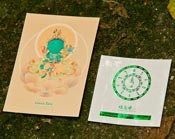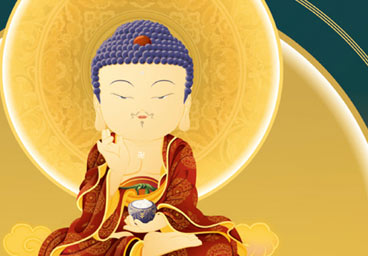White Tara/白度母
Within Tibetan Buddhism Tara is regarded as a bodhisattva of compassion and action.

Tibetans usually think of Tara as having 21 manifestations, as she does in the common Tibetan Buddhist prayer — In Praise of the 21 Taras.
Of these 21 Taras, the two most popular are Green Tara and White Tara. Tara's name in Tibetan is Dolma, and you can see then that White Tara's Tibetan name, Dolkar, is a short form of Dolma Karpo, which means White Dolma.
White Tara has 7 eyes — with an eye in her forehead, and one on each hand and foot — symbolizing her compassionate vigilance to see all the suffering of the world.
Compassion
Tara is closely related to Avalokitesvara , the Bodhisattva of Compassion. One story of her origin says that she was born from Avalokitesvara's compassionate tears.
Her pure compassion for our suffering, which is thought to be greater even than a mother's love for her child, is symbolized in images of White Tara by her white color. Her whiteness also indicates the "undifferentiated truth of the Dharma."







